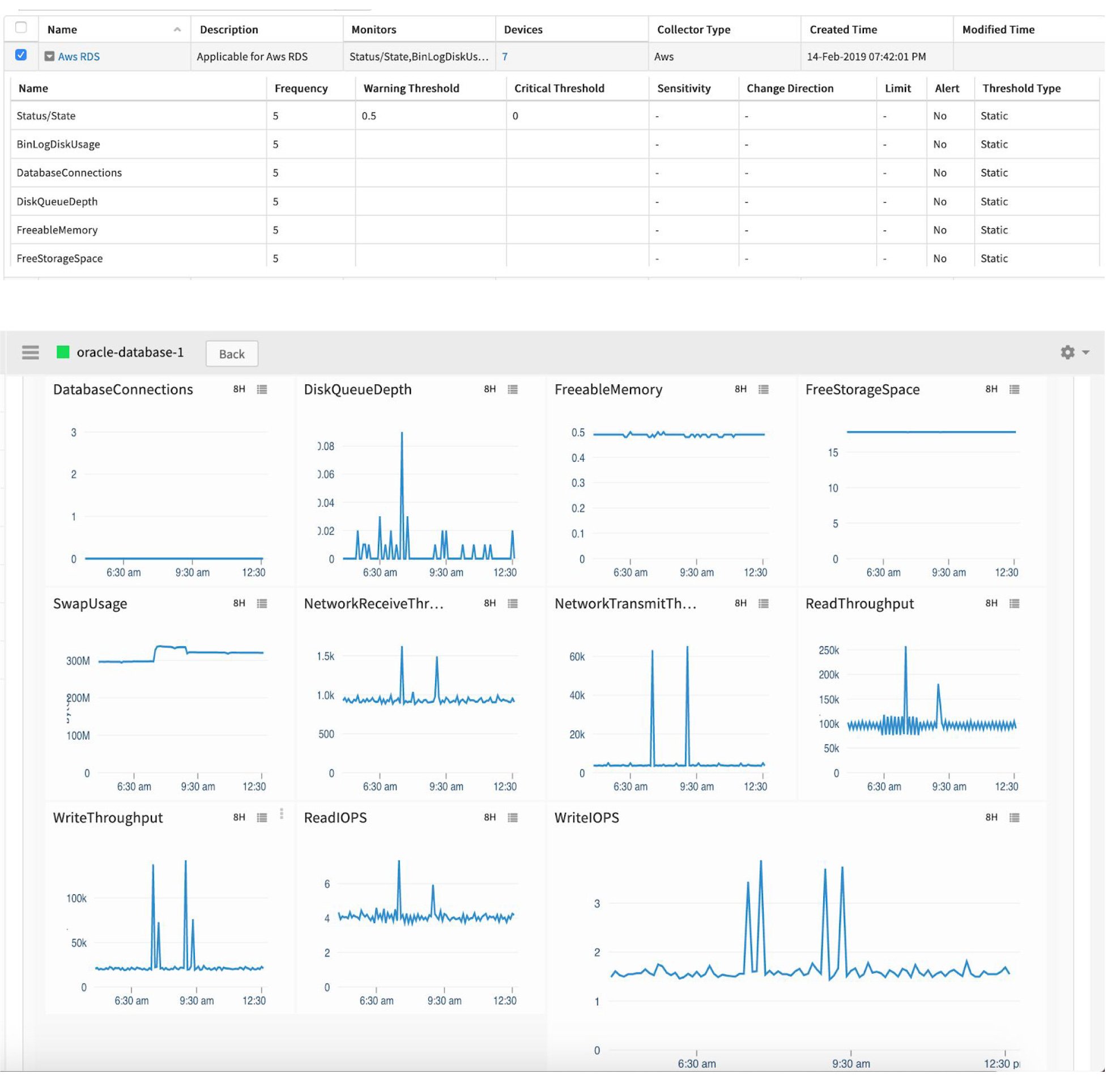Analyst firm Gartner recently predicted that “75% of all databases will be deployed or migrated to a cloud platform by 2022, with only 5% ever considered for repatriation to on-premises.” Enterprise architects are deploying analytics, artificial intelligence, and machine learning workloads on cloud database platforms for greater scalability and lower operational overhead. Gartner estimates the database platform as a service (dbPaaS) market is the fastest-growing segment in the PaaS category and will reach $10 billion in annual revenues by 2021.
While traditional database vendors have launched fully managed cloud database offerings, cloud providers like AWS, Microsoft Azure, and Google Cloud Platform have captured a significant chunk of the database market, with a diverse portfolio of relational, non-relational, time series, in-memory, and graph database engines. DB-Engines September 2019 ranking of popular database management systems shows six cloud database services (Amazon DynamoDB, Microsoft Azure Cosmos DB, Microsoft Azure SQL Database, Amazon Redshift, Microsoft Azure SQL Data Warehouse, and Amazon Aurora) in the top 50.
Amazon RDS Monitoring with OpsRamp
Amazon Relational Database Service (RDS) offers six popular database engines (Amazon Aurora, PostgreSQL, MySQL, MariaDB, Oracle Database, and MS SQL Server) as fully managed relational database services so that IT teams can easily deploy, upgrade, maintain, and optimize database availability and performance.
OpsRamp offers real-time discovery for database PaaS resources via Amazon CloudWatch APIs and the OpsRamp Gateway. IT teams can ensure optimal database performance management using OpsRamp with relevant performance metrics, real-time alerting, and contextual dashboards. Here is how enterprises can monitor RDS environments using OpsRamp:
1. Database Performance Monitoring via CloudWatch APIs
With OpsRamp’s CloudWatch integration, database admins can monitor the performance of their Amazon Aurora, PostgreSQL, MySQL, MariaDB, Oracle Database, and SQL Server instances. OpsRamp consolidates and presents key performance metrics for the Amazon relational databases used by an organization. Enterprises can define custom thresholds for database performance and receive timely notifications in case of threshold violations.
To set up the CloudWatch integration, database admins will need to provide read-only access to relevant AWS subscriptions with a permission policy for browsing API data and Services information. Here is how enterprise IT teams can configure the CloudWatch integration:
- Discovery. Provide information on AWS subscriptions so that OpsRamp can drive real-time discovery for different IaaS, PaaS, and FaaS cloud services.
- Monitoring. OpsRamp’s monitoring automation then assigns relevant monitoring policies for discovered cloud infrastructure and platform services.
It is important to note that the Cloudwatch API can only showcase fifteen days of historical performance data for one-minute polling intervals. It can also be a struggle to correlate CloudWatch metrics with relevant CloudWatch events across different AWS cloud services.

Figure 1 - Gain unified visibility and real-time context with detailed RDS performance metrics.
2. Advanced insights through the OpsRamp Gateway
Database admins can monitor different cloud database engines by deploying the OpsRamp Gateway on an EC2 instance for enterprise AWS subscriptions. Gateway-based monitoring delivers advanced performance insights for each database service in use. Given AWS does not offer direct access to its hosted infrastructure, Gateway components in the same security group run advanced queries to retrieve database availability and performance metrics. Here is how cloud operations teams can configure the OpsRamp Gateway for RDS monitoring:
- Deployment. The first step is to deploy the OpsRamp Gateway in Amazon Web Services to discover relevant cloud platform services.
- Policy Assignment. The next step is to attach the OpsRamp Gateway management profile to specific Amazon Relational Database Services and then assign advanced database monitoring policies.
OpsRamp lets DevOps and site reliability engineering teams gain unified insights into RDS performance by ingesting events from cloud platform services and driving accurate problem diagnosis with advanced machine learning insights. OpsRamp helps enterprises optimize the performance of database-engine level health with relevant metrics, smart alerts, and out-of-the-box dashboards.

Figure 2 - Access granular performance insights for Amazon RDS with OpsRamp Gateway.
Next Steps:
- Check out the OpsRamp ROI Calculator.
- Schedule a custom demo with a solution specialist.
- Discover other OpsRamp integrations.






